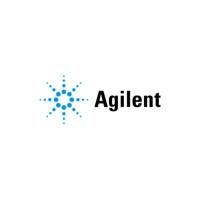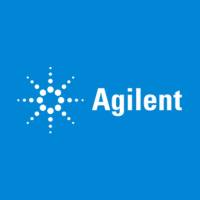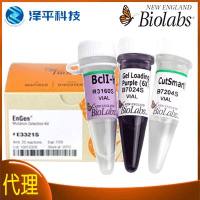Constructing Expression cDNA Libraries Using Unphosphorylated Adaptors
Making libraries of DNA fragments in various cloning vehicles is a basic experimental procedure in molecular biology, yet the methods involved often yield disappointing results, especially for the beginner. When screening for rare DNA molecules, large libraries must be constructed, and the efficiency of each reaction becomes critical. For cDNA libraries, three steps are necessary: cDNA must first be synthesized from poly(A)+ RNA, the double-stranded cDNA must then be inserted into a suitable cloning vehicle, and, finally, cells must be transformed with the chimeric vector/cDNA molecules. Recent improvement in cDNA synthesis protocols (1 ) and in the quality of commercially available reverse transcriptase enables double-stranded cDNA to be made with an overall yield of about 50% from poly(A)+ RNA. At the other end of the procedure, Escherichia coli strains can be made competent for transformation with plasmid DNA with efficiencies of more than 108 transformants/�g of supercoiled DNA (2 ). Frequently, however, the process of cloning DNA fragments into a plasmid vector reduces this potential to disappointing levels. If fragments are cloned directly into the vector by blunt-end ligation or by sticky-end ligation after attaching linkers, the efficiency is reduced by the need to treat the vector with alkaline phosphatase to prevent recircularization without insert.
![预览]()






